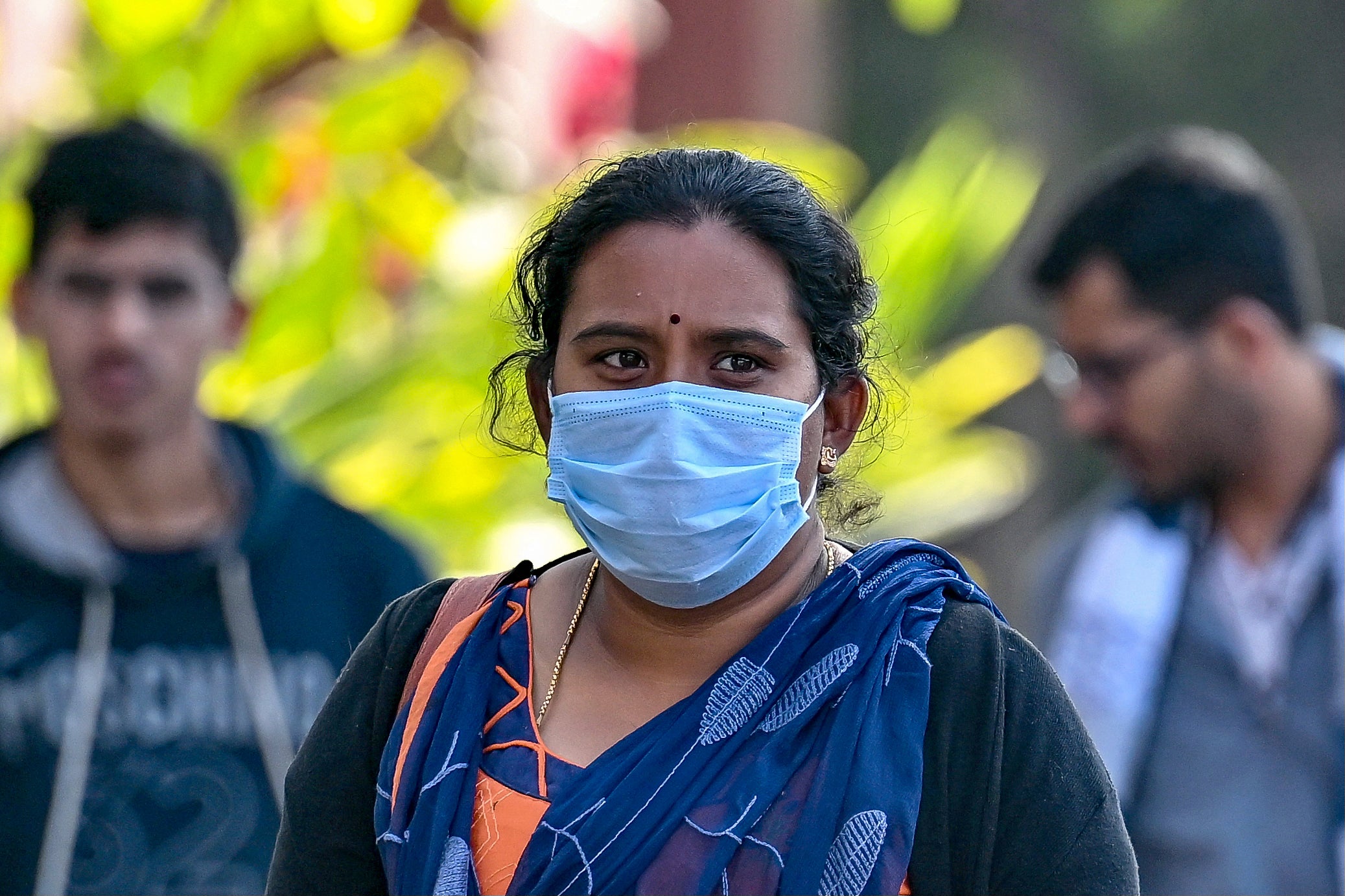
The number of positive tests for a virus that has flooded hospitals in China is increasing in England, according to official figures.
New data from the UK Health Security Agency (UKHSA) shows that one in 20 of hospital swabs for respiratory infections in England came back positive for human metaphneumovirus (HMPV) in the week ending January 19. This marks the highest rate of the virus recorded so far this winter season.
The surge in cases HMPV in China prompted some alarm and led to fears of a possible worldwide outbreak.
With reports of overcrowding in Chinese hospitals, leaders in the country attempted to control a new wave of the virus with a spike in cases in northern regions, particularly amongst children.
A surge in cases was also reported in India, Malaysia and Kazakhstan.
HMPV is a respiratory disease that causes flu or cold-like symptoms. Most cases are mild, but infection can increase health risks - particularly for the elderly, young children and people with a low immune system - and lead to severe complications such as pneumonia.

The disease was first identifed in 2001, and is closely related to respiratory syncytial virus (RSV). Like RSV, it is understood to be a seasonal virus, spiking in colder weather and common among children under five.
It can be spread through sneezing and coughing, or contact with contaminated surfaces. It has been a regular seasonal illness across the world for several decades, meaning more resistance has been built up in the global population than against Covid-19.
Symptoms can include coughing, a fever, nasal congestion and fatigue, and can take three to six days to clear after infection. There is no vaccine or specific treatment, but in mild cases, it will only linger between a few days and a week.
Is HMPV on the rise in the UK?
Slightly. The latest data from the UK Health & Security Agency (UKHSA) shows that there has been an uptick in cases of HMPV, rising by 4.15 percentage points between October and December last year.
But the percentage of people testing positive for HMPV out of those visiting participating GPs with symptoms of respiratory illness increased to 4.92 per cent by the middle of January 2025. This is above the 4.18 per cent of cases recorded at the start of the year, but well below the 10 per cent recorded in 2021.
This might seem significant, but at these lower rates is not a cause for concern yet. The UKHSA says HMPV is at a “medium” level of activity, with the rate of positive cases only slightly higher than the start of 2024, when it stood at 4.18 per cent. The health agency notes that the current level is also consistent with what is typically seen during winter.
The rate is also much lower than the number of people testing positive for the flu, at 14.85 percent in the middle of January, or respiratory syncytial virus (RSV) at per cent. However, it is higher than the rate of positive Covid tests, which stands at just over 2 per cent.

The latest data would suggest that China’s HMPV outbreak is very unlikely to lead to a global pandemic in a similar way to Covid-19 five years ago. In the unlikely event there is a serious spread from China, a higher global resistance to the disease, combined with its milder symptoms, mean most countries would be better prepared to deal with an uptick in cases.
What are the symptoms of HMPV?
In most cases, HMPV causes only mild illness. According to Public Health Scotland, the most common symptoms include:
Symptoms of severe infection with HMPV include:
How to get a test for HMPV
In most cases, HMPV symptoms are mild and will fade in a week. Those who are otherwise healthy and only experiencing mild conditions are unlikely to need to visit a GP.
However, people who are in higher risk categories may wish to visit their GP to be safe. A trip may also be advisable for those experiencing severe and persistent HMPV-like symptoms. They will be able to diagnose you and provide a test if necessary.







